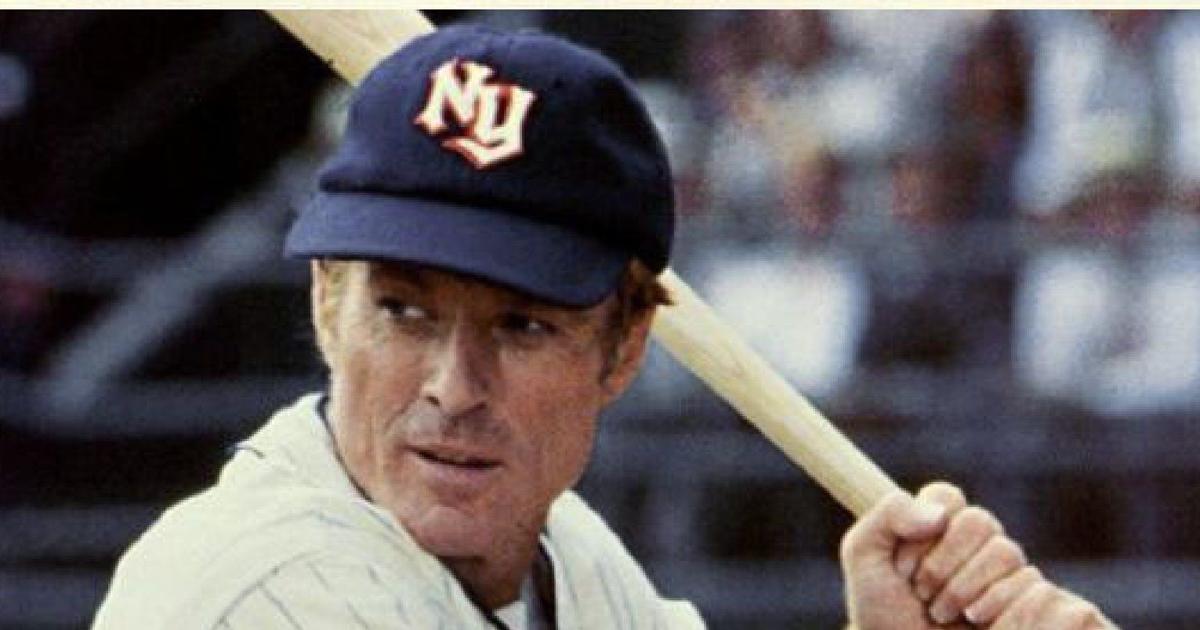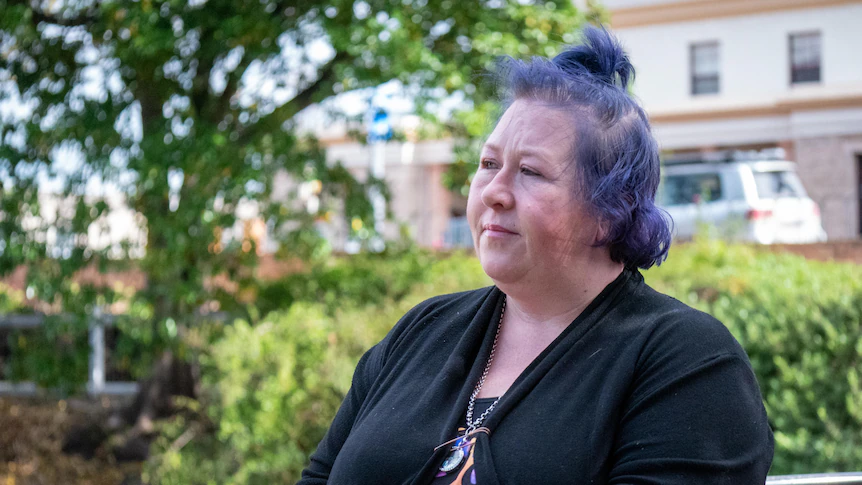By Toni Ruberto
Copyright buffalonews

For decades, every time a Buffalo Bisons player has hit a home run, the music has been the same: the theme from the 1984 film “The Natural.”
Buffalo’s love affair with the Robert Redford film has never seemed to dim in the more than 40 years since it was made here, but it will become a little more wistful now with the announcement of the actor and filmmaker’s death on Tuesday at age 89.
While local tributes to Redford on social media reference “The Natural” and Redford’s role as the mysterious ballplayer who reverses the fortunes of the mythical New York Knights – “RIP Roy Hobbs, you were a great one,” writes the North Park Theatre – the reaction is about more than nostalgia. Redford’s decision to bring Hollywood to Buffalo still reverberates today, and can be seen in everything from A-list directors turning Niagara Square into a back lot to networks deciding that Western New York has everything they need to make it holiday movie central.
“They found everything they needed right here in Buffalo,” said Tim Clark, commissioner of the Buffalo Niagara Film Office.
Clark was referring to the production team for “The Natural,” but many subsequent filmmakers would come to the same conclusion.
In 1983, Mel Bourne, a Hollywood production designer, needed a stadium that looked like it was from the 1930s for the Redford film. A nationwide search had come up empty for a historic ballpark that was central to the movie and the filmmakers were at “the 11th-and-a-half hour,” recalls Mike Billoni, who was the head of publicity, promotions and marketing for the Buffalo Bisons at the time.
They wanted to look at War Memorial Stadium to possibly film a few scenes there. Bourne arrived the next day and on the drive to the stadium, Billoni said, the sight of it in the distance had Bourne yelling “We found it!” to Redford on the phone.
Then he learned there wasn’t just one stadium they could use, but two: The 1926 All-High Stadium (now Robert Rich Sr. All High) stood in for Chicago’s Wrigley Field. And it continued: the 1933 Masten Avenue Armory across the street from War Memorial Stadium; the 1896 Ellicott Square Building; the 1927 Parkside Candy shop; and the 1929 Buffalo Central Terminal all played significant roles in the film.
Calling Redford and director Barry Levinson “the fuse for the future of filmmaking in Buffalo,” Clark draws a comparison between “The Natural” and “Marshall,” the 2017 biopic on the early life of Supreme Court Justice Thurgood Marshall: Both were major Hollywood films with all-star casts that needed architecture of the 1930s and ’40s, which Buffalo has in abundance.
Like “The Natural,” “Marshall” was drawn here for one location, the 1936 Dillion Courthouse.
“Once they got here and saw the architecture, they realized they could do the whole thing here,” Clark said.
There’s more than period architecture. “A Quiet Place Part II” went a different route when it spent the summer of 2019 here utilizing our industrial landscape for an apocalyptic setting.
And you know you have something special when a producer known for making heartwarming holiday films wants to talk about a Buffalo building that “looks like it’s out of a sci-fi movie” as Andrew Gernhard called the Col. William Bond Filling Station.
“Every place I go, the depth and the architecture is amazing. Buffalo could double for so many different things,” said Gernhard, who spent months here this year as the producer of “A Newport Christmas” and “Holiday Touchdown: A Bills Love Story” for Hallmark. “It could be the Midwest because the outskirts (are) so flat, or it could be New York City, Chicago, Boston. There are so many different looks you could do with just some set dressing.
“You could do Gilded Age movies. You could do war films, the 1920s here. You could do ‘40s, ‘50s, ‘60s. We could do any of this stuff,” Gernhard added.
And that’s what he did. Buffalo fulfilled two needs for the first film Gernhard produced here in the spring, “A Newport Christmas.” It is subbing for Newport, R.I., and has the architecture needed to span two time periods about a century apart in the film that has a time travel element.
In July, director Lisa France was ready to start filming the Great American Family holiday movie “Homes for the Holiday” but was still searching for that perfect house that was central to the story. She had been drawn to a photo of a striking 1890s Victorian in the Elmwood Village, but the production couldn’t reach the new owner. Undaunted, she took one last drive around the neighborhood to see if anyone was home.
“It was crazy. A man walked out of the house holding a box and baby,” France recalled.
“I told him we were shooting a little Christmas movie and wanted to use the outside.”
His response? “If you think the outside is impressive, you should see the inside,” he told her.
One step inside the impressive 5,300-square-foot Victorian’s grand foyer with its ornate hand-carved woodwork, fireplace and beamed ceilings and the production found its home.
“There are other cities where you can find old buildings. But one city might have an old train station and another an old stadium,” said Clark of the Film Office. “Buffalo has it all in one place.”
Oscar-winning director Guillermo del Toro was here in early 2020 for four days of filming “Nightmare Alley” and called Buffalo “the silver bullet that we need to make the movie what it needs to be.”
When asked if he would come back to make another film in Buffalo, del Toro’s response was a quick: “100%.”
“The great thing about it is, unprompted, I’ve always been fascinated by the city,” del Toro said about Buffalo. “It is true that every day that I’m here, I fall more and more in love with it.”
It’s an emotion that countless directors have felt. But it all started with Robert Redford, who knew from the start that when it comes to making movies, Buffalo was a natural.
“The Natural” will be shown in a free outdoor screening on Sept. 26 as part of “Movies on the Silo” series.



